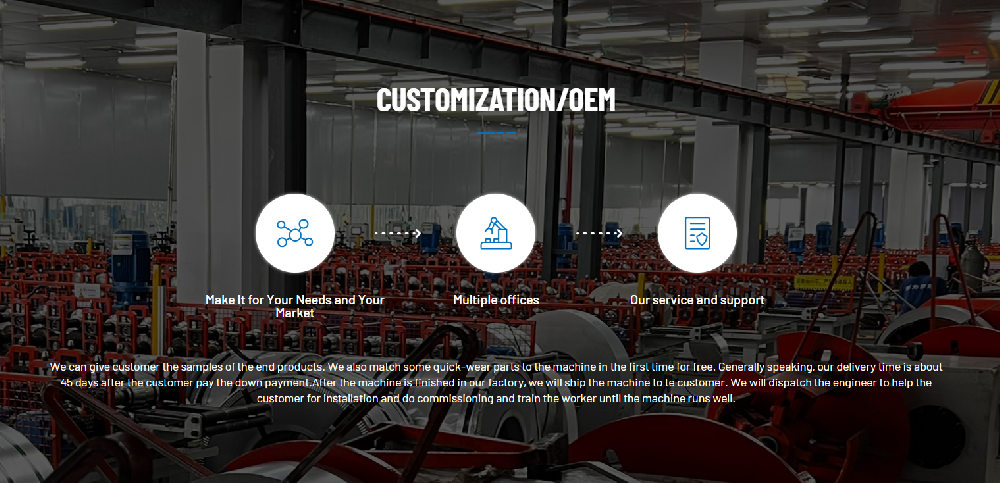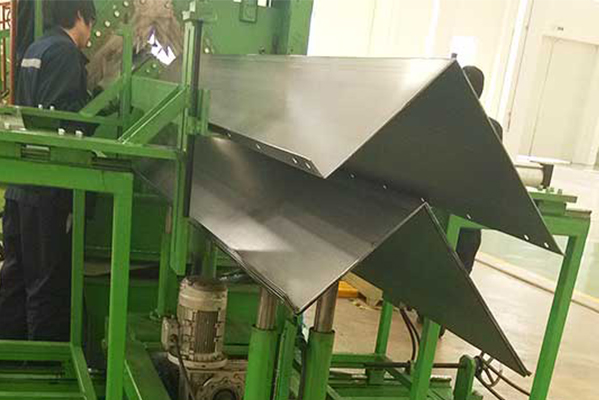Navigation Menu
Contact Us
- Email:
- info@wxavatar.com
- Address:
- Yurong Village, Yuqi Street, Huishan District, Wuxi, China.
Release Date:Jul 16, 2025 Visit:47 Source:Roll Forming Machine Factory
The construction of steel silos has evolved significantly with advancements in manufacturing technology. Two primary approaches dominate the industry: modern roll forming machines and traditional fabrication methods. This article examines the key differences between these approaches, focusing on their operational characteristics, quality outcomes, and economic implications for industrial storage solutions.

Production Efficiency
Roll forming machines demonstrate notable advantages in production speed compared to traditional methods. The automated process allows for continuous operation, forming steel panels in a single pass without requiring multiple handling stages. This streamlined approach reduces labor requirements while maintaining consistent output quality.
Traditional fabrication techniques typically involve cutting, bending, and joining individual components through welding or mechanical fastening. While these methods offer flexibility for custom designs, they generally require more time to complete equivalent structures due to their multi-step nature.
Material Utilization
Modern roll forming systems optimize material usage through precision engineering. The controlled forming process minimizes waste by accurately shaping steel coils into required profiles with tight dimensional tolerances. Advanced nesting software further enhances material efficiency by calculating optimal cutting patterns.
Conventional fabrication approaches often generate more scrap material due to the cutting of individual pieces from stock steel plates. While skilled fabricators can minimize waste, the nature of manual processes inherently leads to greater material loss compared to automated systems.
Structural Consistency
Roll formed silo components exhibit high uniformity due to the controlled manufacturing environment. Each panel maintains identical dimensions and mechanical properties, contributing to predictable structural performance. This consistency simplifies assembly processes and reduces fitting challenges during construction.
Hand-fabricated components may show slight variations between pieces, even when produced by experienced technicians. While these differences often fall within acceptable tolerances, they can require additional adjustment during assembly, potentially affecting project timelines.
Economic Considerations
The initial investment for roll forming equipment represents a significant capital expenditure. However, this cost can be justified through reduced labor expenses and higher production volumes over time. The technology proves particularly economical for operations requiring standardized silo designs in quantity.
Traditional fabrication methods typically involve lower upfront equipment costs but higher per-unit labor expenses. This approach may prove more suitable for custom projects or operations with variable production demands where flexibility outweighs volume considerations.

Conclusion
Both steel silo manufacturing approaches serve distinct market needs effectively. Roll forming machines provide efficiency and consistency advantages for standardized, high-volume production, while traditional methods maintain relevance for specialized applications requiring custom solutions. The optimal choice depends on specific project requirements, production volumes, and available resources within the operational context.